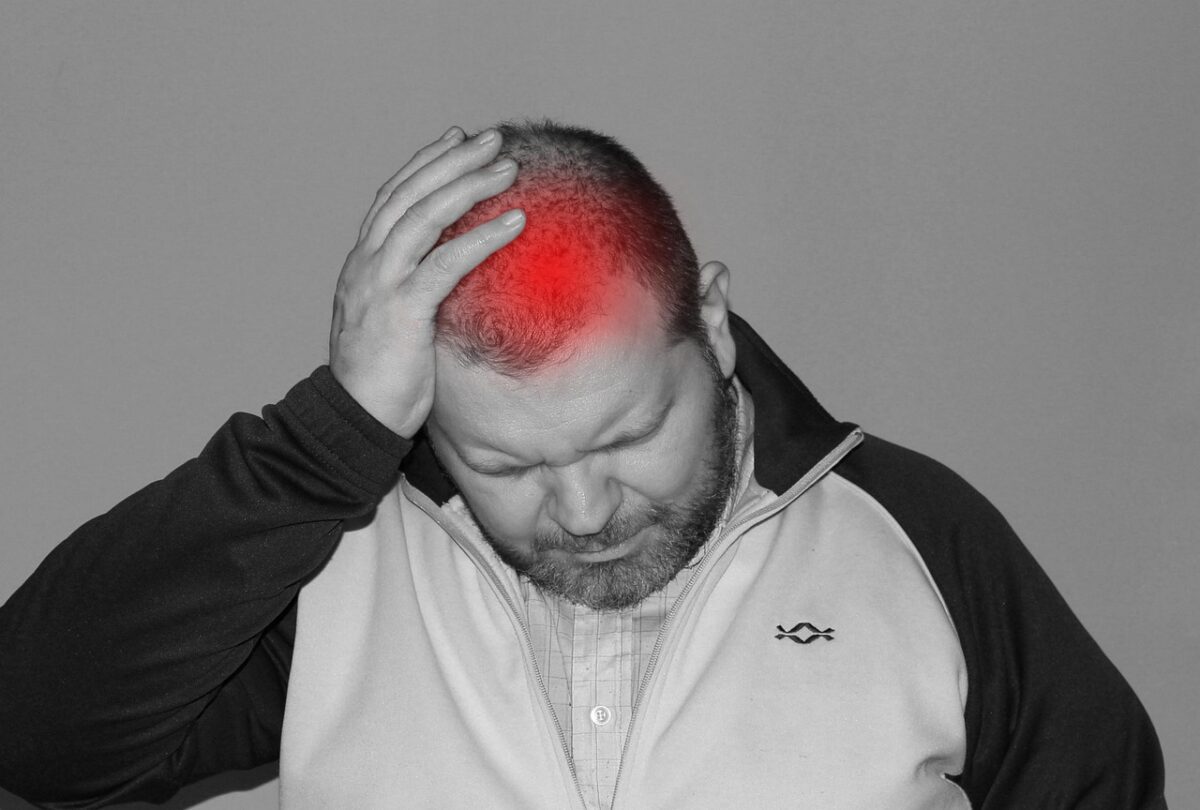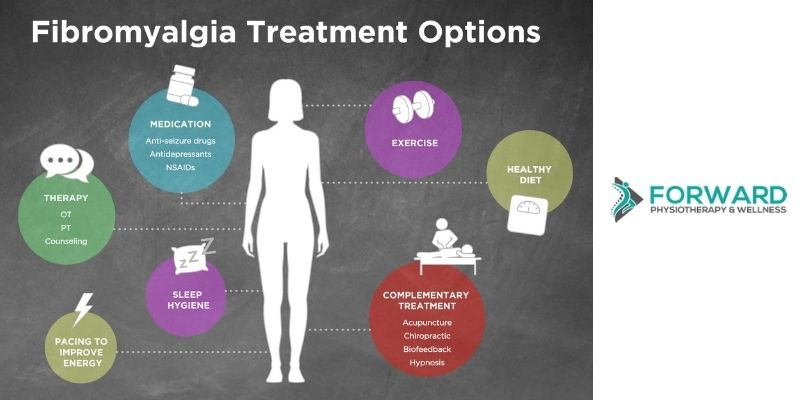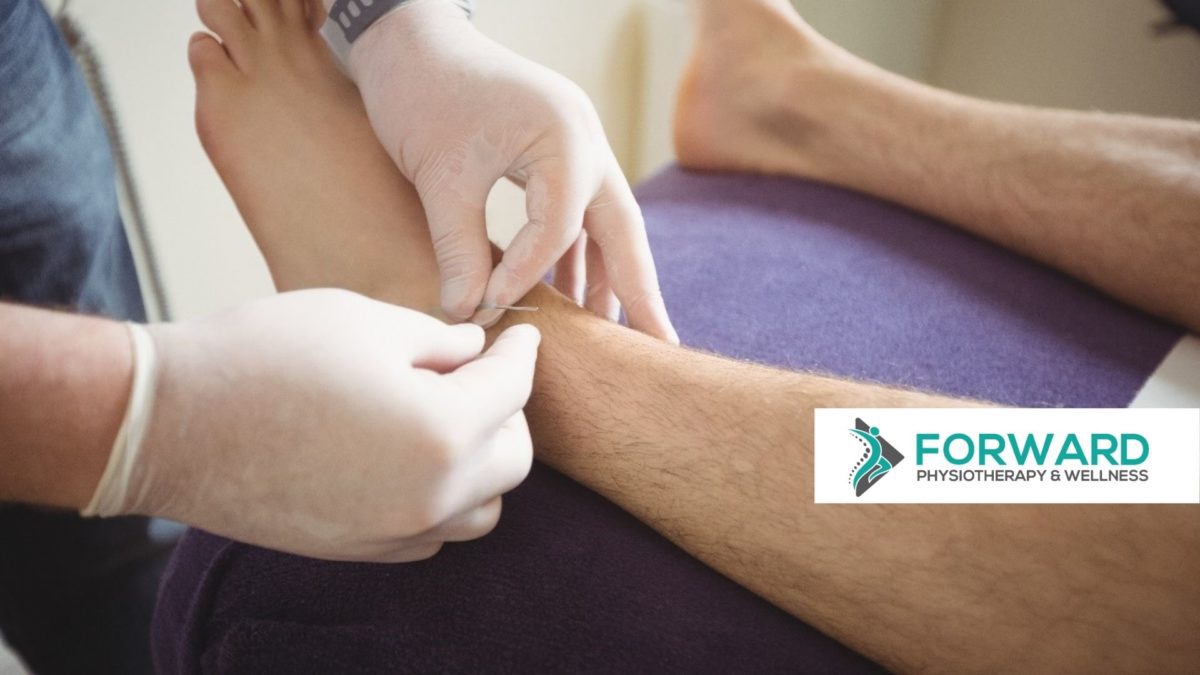
How Can Physiotherapy Help Post Traumatic Stress Disorder (PTSD)?
Posted By: Forward Wellness
People can develop a mental health condition as a result of witnessing or being involved in a traumatic event or accident. This condition is often referred to as Post-Traumatic Stress Disorder (PTSD). You may have experienced PTSD if you have ever been a victim of violence or an attack, been diagnosed with a life-threatening illness, or any situation that your body interpreted as very stressful.
Symptoms of PTSD
PTSD presents itself with many different signs and symptoms that may vary greatly from person to person. The symptoms that are most commonly experienced may include the following: lack of motivation or concentration, depressed mood, lack of feeling certain emotions, trouble sleeping, and flashbacks. You may also feel physical symptoms such as body aches, headaches and joint pain. Best care in these situations often involves a team approach, seeking care from a psychologist for the mental health portion, and seeking care from a physiotherapist for the physical concerns.
How Physiotherapy Can Help PTSD
Injuries need to be approached holistically. A team approach of care from many health professionals including physiotherapists, occupational therapists, physicians, and psychologists may be the best treatment process.
It is important to receive support from a multi-disciplinary team. The team can provide support with managing your concerns early so that your condition does not worsen. With proper management, pain can decrease, and mental health healing may speed up.
PTSD can also increase stress and anxiety, leading to tension in the body. Physiotherapy and a prescribed exercise program may also help manage these symptoms.
Here are three ways physical therapy can help with post-traumatic stress disorder.
1. Breathing Exercises
 When someone has been through a traumatic event, breathing may become faster or more shallow. This is why people who are hospitalized due to anxious events or severe panic attacks are often advised to concentrate on their breathing.
A physiotherapist can give their patient different breathing exercises which can help them get through situations of stress. Once you have these (simple, small, and quick) breathing tools in your repertoire, it is easier to self-manage an episode of stress or anxiety.
When someone has been through a traumatic event, breathing may become faster or more shallow. This is why people who are hospitalized due to anxious events or severe panic attacks are often advised to concentrate on their breathing.
A physiotherapist can give their patient different breathing exercises which can help them get through situations of stress. Once you have these (simple, small, and quick) breathing tools in your repertoire, it is easier to self-manage an episode of stress or anxiety.
2. Pain
The sensation of pain is due to your body’s natural response to a painful stimulus. In certain cases, this stimulus may be stress and anxiety leading to tension in the body. Physiotherapy can help address these tension pains. A Physical Therapist's main focus is helping eliminate various types of pain within the body's muscles and joints.
A physical therapist can help by administering a treatment plan which may involve strengthening exercises, stability exercises, motion exercises, joint mobilizations, needling, and soft tissue work to address these aras of tension. There are various forms of treatment a physiotherapist can use to help decrease your pain and tension.
3. Anxiety
It has been said that regular exercise is an effective method in managing anxiety and stress. With an effective prescribed exercise plan, especially involving regular aerobic activity, stress and anxiety may be reduced. Following a prescribed exercise plan will allow the body to release chemicals that can help in reducing stress, anxiety, and other symptoms related to PTSD in addition to improving your physical health.
Benefits of Regular Exercise on PTSD Symptoms

Exercising regularly has several benefits for PTSD patients. A few positive results physiotherapy can have on your physical health include greater mobility and flexibility, increased strength, weight loss, and improvement in cardiovascular health. Regular exercise can also have a positive effect on your mental health through the reduction of depression and anxiety feelings.
Given that there are many physical and mental health issues associated with PTSD, patients may find regular exercising beneficial to their recovery. Below are some different activities that may also be helpful:
- Working with your psychologist and following his/her recommendations
- Working with your physiotherapist to set goals that are realistic and discussing ways to meet them. This will help promote your independence and improve your functionality;
- Acupuncture sessions that help decrease stress and over-activity of the nervous system thus reducing tension and pain;
- Having team reviews regularly for assessment of progress;
- Group therapy exercises where PTSD patients with similar physical conditions can meet and work together. Meeting someone with a similar condition can help improve your mental health;
- Connecting the mind and the body through yoga-based exercise and meditation;
- Controlled breathing exercises to reduce anxiety epsiodes.
Conclusion
PTSD is common in people that have experienced a serious injury, illness, or traumatic event. Regardless of the cause of PTSD, physiotherapy can be a helpful part of your health team to manage the condition. Physiotherapists are trained in many methods that can help support your mind and body. It is important to remember that giving your mind the support it needs is the best thing you do for yourself during PTSD recovery, especially finding a great psychologist. Contact a physiotherapist today to learn more about how they can help you support your health goals.





































































